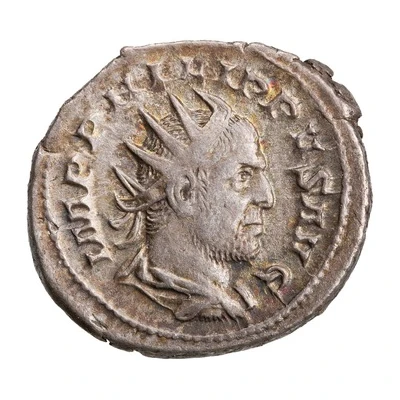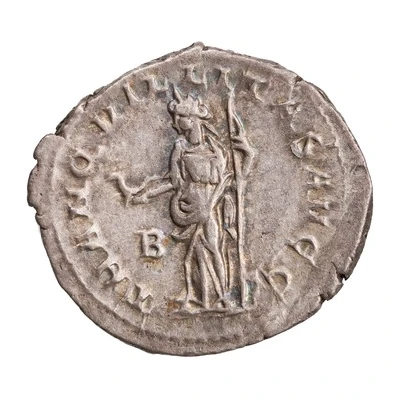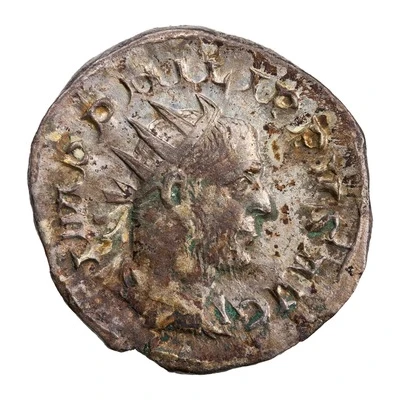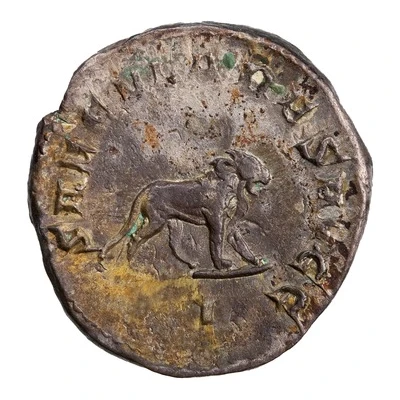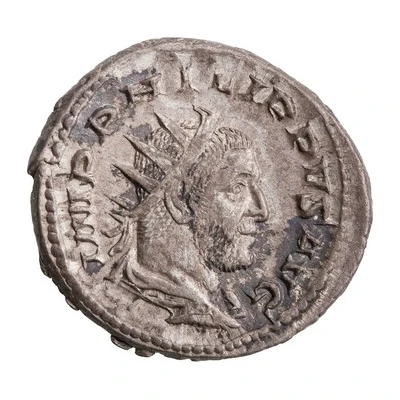


© American Numismatic Society (ANS)
Antoninianus - Philippus I VIRTVS AVGG
248 year| Silver | 3.8 g | 22 mm |
| Issuer | Rome › Roman Empire (27 BC - 395 AD) |
|---|---|
| Emperor | Philip I (Marcus Iulius Philippus) (244-249) |
| Type | Standard circulation coin |
| Year | 248 |
| Value | Antoninianus (1) |
| Currency | Antoninianus, Reform of Caracalla (AD 215 – 301) |
| Composition | Silver |
| Weight | 3.8 g |
| Diameter | 22 mm |
| Shape | Round (irregular) |
| Technique | Hammered |
| Orientation | Variable alignment ↺ |
| Demonetized | Yes |
| Updated | 2024-10-05 |
| Numista | N#282064 |
|---|---|
| Rarity index | 94% |
Reverse
Philip the Arab and Philip II, on horses, galloping right, each raising right hand; one of them sometimes holding spear.
Script: Latin
Lettering: VIRTVS AVGG
Translation:
Virtus Augustorum.
Courage of the emperors (Augusti).
Comment
Mass varies: 3.104–4.4 g;Diameter varies: 20.5–23.2 mm;
Example of this type:
American Numismatic Society (ANS)
Source:
Online Coins of the Roman Empire (OCRE)
Interesting fact
The Antoninianus coin was introduced by the Roman Emperor Caracalla in 215 AD as a replacement for the denarius, which had been the standard Roman currency for centuries. The Antoninianus was made of silver and had a higher value than the denarius, with a weight of 3.8 grams, as . It was used throughout the Roman Empire and was an important symbol of the empire's power and influence. It's worth noting that the coin's design featured the image of the emperor, in this case, Philippus I (also known as Philip the Arab), which was a common practice in Roman coinage. The coin's inscription, "VIRTVS AVGG," translates to "the virtue of the emperor," highlighting the importance of the emperor's virtues in Roman culture. Overall, the Antoninianus coin is an interesting piece of history that provides insight into the economic and cultural practices of the Roman Empire during its time.
